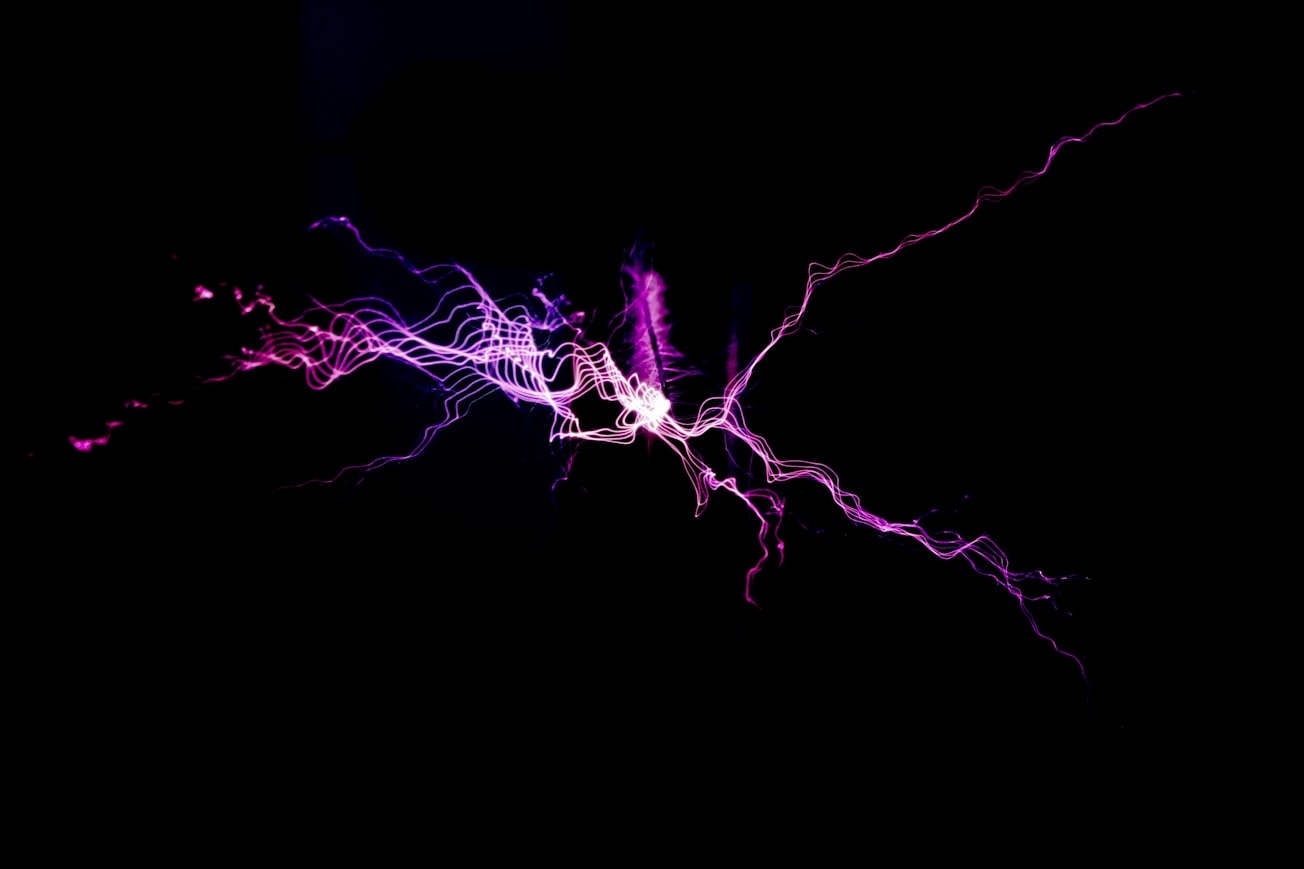What is it about?
In this work, the minimum phase cepstrum filter method is used to separate the shock wave, and a customized experiment determines the optimal parameters of this method. A customized experiment is designed to determine the optimal parameters of this method. The mixed shock wave bubble signal and single shock wave signal are simulated and fitted respectively and are transmitted and received in the anechoic pool. Different parameters are used to processing the signals, and the optimal parameters are selected by comparing the separation results. The shock waves generated with the same electrode and circuit parameters in the anechoic pool and non-anechoic pool are separated and compared. Experimental results show that this shock wave separation method has significant performance.
Featured Image

Photo by Nikhita Singhal on Unsplash
Why is it important?
A convenient approach for the separation of the shock wave component from the underwater discharge signal mixed with a shock wave and bubble pulsations. It is easy to program and calculate. In essence, it is an approximate blind source separation using a single sensor. This study is really very feasible and accessible in engineering applications.
Perspectives
Writing this article was a great pleasure as it has co-authors with whom I have had long-standing collaborations. This article also leads to a more convenient way to separate shockwaves from hybrid signals.
Liang Qiao
Naval University of Engineering
Read the Original
This page is a summary of: An underwater discharge shockwave separation method based on minimum-phase cepstrum, AIP Advances, September 2021, American Institute of Physics,
DOI: 10.1063/5.0064322.
You can read the full text:
Contributors
The following have contributed to this page







